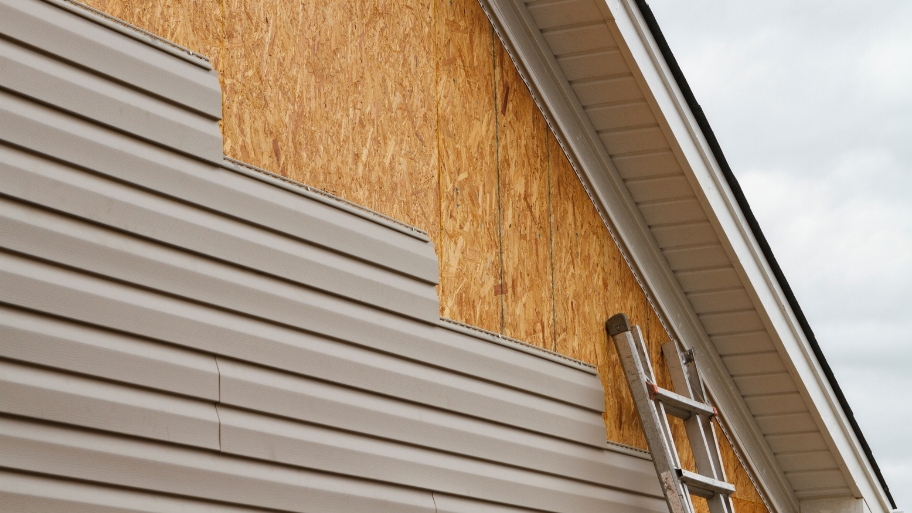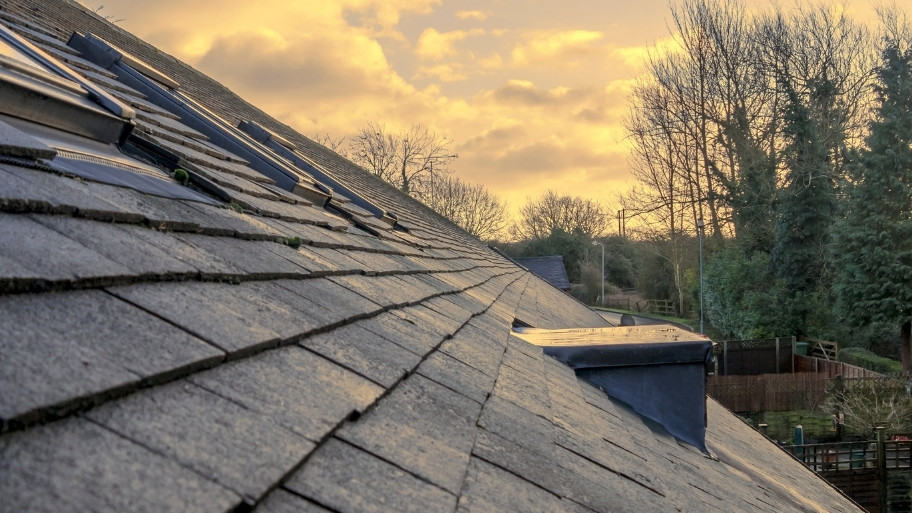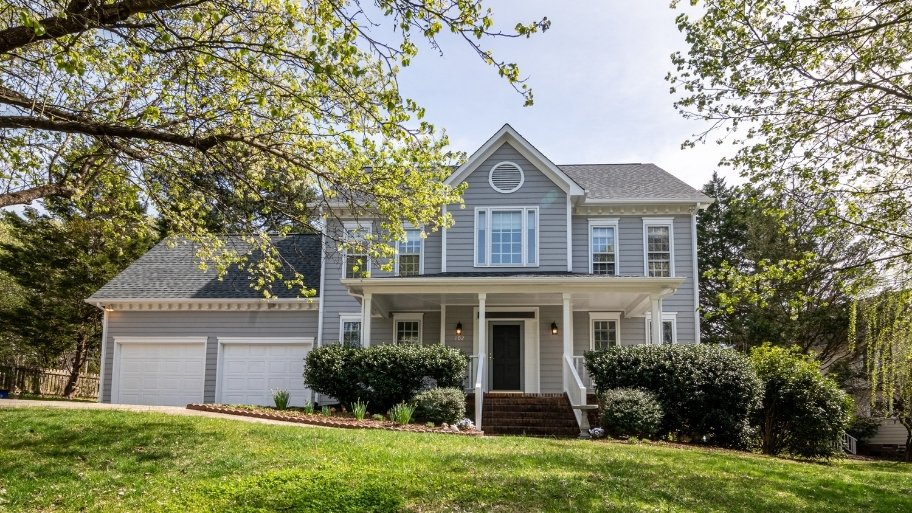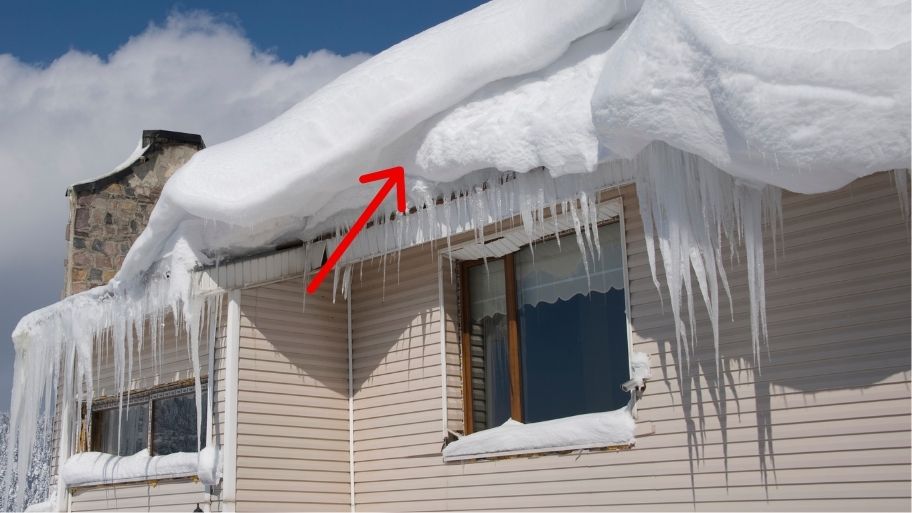
Picking new siding for your house isn’t just about looks—it’s about protecting your home from Iowa’s tough weather and making a smart investment that lasts.
If you’ve been unsure how to pick new siding for your house, this guide will walk you through what actually matters: material performance, local climate, maintenance, and long-term value.
You’ll also learn what mistakes to avoid and how to find and choose a contractor you can trust.
As a trusted name in Iowa exterior work, JB Roofing & Gutters built this guide to help homeowners like you make confident, well-informed decisions—without the overwhelm.
Quick Answer: What’s the Best Siding for Iowa Homes in 2025?
If you’re short on time and just want to know how to pick siding for your house in Iowa this year, here’s what stands out:
Of course, the “best” really depends on your goals—budget, style, and how much maintenance you’re okay with.
In the sections ahead, we’ll help you weigh your options in more detail so you can make the smartest call for your home.
What to Consider Before Choosing New Siding
Every home is different—and so is every homeowner. Before you decide which material is best, here are the factors that really matter when planning new siding for your house in Iowa.
🔹 Iowa’s Climate and Why It Matters
Iowa throws everything at your home—snowstorms, high winds, humidity, hail, and long freeze-thaw cycles. That kind of weather demands siding that won’t crack, swell, or fade with every season.
Look for materials that are rated for extreme temperature changes and moisture resistance.
Fiber cement and engineered wood tend to perform well, while some cheaper materials may warp or degrade faster in this climate.
🔹 Energy Efficiency, Insulation & Utility Costs
Siding doesn’t just cover your home—it also helps insulate it. If your current siding is outdated or poorly installed, you could be losing money through energy leaks year-round.
When comparing options, check the R-value (a measure of insulation).
Insulated vinyl and engineered wood often offer better thermal performance than standard vinyl, which can help you lower your heating and cooling bills over time.
🔹 Maintenance, Durability & Longevity
Think about how much time (and money) you want to spend maintaining your siding.
Vinyl is known for being low-maintenance, while natural wood—though beautiful—requires more upkeep like sealing and repainting. Fiber cement and engineered wood land somewhere in the middle, offering long-term durability with only occasional touch-ups.
If you plan to stay in your home for 10+ years, investing in something that holds up with minimal care can be well worth it.
🔹 Curb Appeal, Resale Value & HOA Considerations
Your siding is one of the first things people notice about your home. It impacts not just how your house looks today, but also how it’s valued down the road.
Want bold color options? Prefer a woodgrain texture? Make sure the material you choose aligns with your style—and with any homeowner association (HOA) rules in your neighborhood.
Some communities have strict guidelines around color and material, so it’s worth double-checking before making a final decision.
🔹 Budget & Installation Timeline
It’s smart to plan your project with both short-term and long-term costs in mind.
While vinyl often has the lowest upfront price, fiber cement or engineered wood may offer more value over time when you factor in maintenance and lifespan. Also consider the timeline—some materials may take longer to install depending on availability, weather, or project scope.
A good contractor can help you map out both the budget and the realistic schedule so you know what to expect.
Best Siding Options for Iowa Homes in 2025
Now that you know what to consider, let’s break down the most common types of siding for homes in Iowa—along with the pros and cons of each. This will give you a clearer picture of what fits your budget, your goals, and your home’s style.
1. Vinyl Siding
Vinyl is one of the most widely used house siding options in Iowa and across the U.S.—mainly because it’s budget-friendly, versatile, and low-maintenance.
Pros:
✅ Affordable upfront cost
✅ Wide variety of colors and textures
✅ Resistant to rot, insects, and fading
✅ Minimal maintenance required
Cons:
❌ Can crack in extreme cold or high winds
❌ Lower insulation unless backed or foam-enhanced
❌ May not offer the “high-end” look some homeowners want
Best for: Homeowners who want an affordable, low-maintenance option that still boosts curb appeal.
2. Fiber Cement Siding
Composed from a blend of cement, sand, and cellulose materials, fiber cement is one of the most durable types of house siding—and it’s growing in popularity in Iowa thanks to its toughness.
Pros:
✅ Excellent resistance to moisture, fire, and pests
✅ Handles extreme temperature swings well
✅ Comes in designs that resemble natural wood or masonry
✅ Long lifespan (30+ years)
Cons:
❌ Higher installation cost
❌ Heavier material = longer install time
❌ Needs to be painted or finished
Best for: Homeowners who want lasting performance and a polished, upscale look with less maintenance than wood.
3. Engineered Wood Siding
Engineered wood offers a natural wood appearance with improved resilience and less maintenance required over time. It’s a top contender among house siding options for balancing appearance and practicality.
Pros:
✅ More moisture- and pest-resistant than natural wood
✅ Pre-finished options reduce the need for painting
✅ Less heavy and simpler to work with than fiber cement
✅ Good energy efficiency if insulated
Cons:
❌ May still wear down over time without proper upkeep
❌ More expensive than vinyl
❌ Some brands vary in quality—buyer beware
Best for: Homeowners who want the look of real wood without constant maintenance.
4. Natural Wood Siding (Cedar, Shingles, Bevel)
Wood remains a classic among the types of siding for homes—especially for rustic, historic, or high-end builds. Cedar, in particular, holds up better than other woods in wet climates.
Pros:
✅ Warm, timeless aesthetic
✅ Can be stained or painted to customize
✅ Renewable and environmentally friendly
✅ Can be repaired in small sections
Cons:
❌ Requires regular maintenance (painting, sealing)
❌ Susceptible to moisture, insects, and rot
❌ Higher material and labor costs
Best for: Homeowners who love natural texture and are willing to commit to upkeep.
5. Stone Veneer Siding
Stone veneer offers the appeal of real stone but at a lighter weight and a more manageable price. It’s often used as an accent but can also cover full exteriors.
Pros:
✅ Beautiful, upscale appearance
✅ Much lighter than real stone, making it simpler to handle and install
✅ Low maintenance
✅ Works well as a focal accent on entryways or chimneys
Cons:
❌ Expensive compared to vinyl or engineered wood
❌ Not as durable as real stone
❌ Installation must be done carefully to avoid water intrusion
Best for: Homeowners looking to add texture, luxury, or visual contrast to their home’s exterior.
6. Brick Veneer Siding
Brick veneer isn’t structural like traditional brick but offers a similar look. It’s a stylish and long-lasting choice for certain Iowa homes, particularly older or colonial-style properties.
Pros:
✅ Distinctive and traditional appearance
✅ Durable with low maintenance
✅ Fire-resistant
✅ Energy-efficient when properly insulated
Cons:
❌ More costly to install
❌ Heavier than most other options
❌ Limited design flexibility
Best for: Homeowners who love the timeless appeal of brick and plan to stay long-term.
Choosing a Siding Contractor in Iowa
Once you’ve narrowed down the right material, the next step is just as important: choosing the right team to install it. After all, even the best new siding for your house won’t perform well if it’s poorly installed.
Here’s what to look for—and what to avoid—when hiring a siding contractor in Iowa.
What to Look For in a Local Siding Pro
Not all siding contractors are created equal. The right professional should bring more than just tools to the job—they should bring local expertise, transparency, and a solid track record.
Here’s what matters:
🛡️ Licensed and insured: This protects you if anything goes wrong on the job.
🌦️ Experience with Iowa weather: A local pro understands how freeze-thaw cycles, high winds, and humidity impact siding performance.
🗣️ Clear communication: They provide written estimates, explain material options clearly, and don’t pressure you into upgrades you don’t need.
🏅 Manufacturer-certified: Brands like LP or James Hardie often list preferred contractors who meet their standards.
🌟 Strong reputation: Look for consistent reviews that mention quality, punctuality, and follow-through.
Pro tip:
Companies like JB Roofing & Gutters are based in Iowa, use proven materials, and bring years of regional experience to every siding job.
Red Flags That Homeowners Often Miss
Even with good intentions, it’s easy to overlook early warning signs. Here are some subtle but serious red flags to watch for:
🚩 Vague or verbal-only estimates
🚩 No portfolio or local references
🚩 Pushy upselling or scare tactics
🚩 Unclear payment terms or no warranty details
🚩 Unresponsiveness before the job even starts
If communication feels off during the quote process, chances are it won’t improve once the work begins.
Key Questions to Ask Before You Hire
Before signing anything, take a few minutes to ask these practical, protective questions:
🛡️ “Are you licensed and insured in Iowa?”
🧱 “What types of siding do you specialize in?”
📸 “Can I see recent local projects similar to mine?”
🧰 “Do you handle all the installation in-house or subcontract it?”
📝 “What kind of warranty do you offer—for both labor and materials?”
Asking the right questions now helps you avoid regrets later—and ensures your new siding for house performs just as expected.
Final Thoughts: What’s the Right Choice for You?
By now, you’ve seen that there’s no one-size-fits-all answer when it comes to siding. The right choice depends on your goals—whether that’s durability, design, energy savings, or all of the above.
The good news? With the variety of house siding options available today, Iowa homeowners have more flexibility than ever.
From low-maintenance vinyl to high-performance fiber cement, the best types of house siding are the ones that match your lifestyle, budget, and long-term plans.
Use what you’ve learned here to move forward confidently. And if you want expert input before making the final call, that’s what we’re here for.
Ready for New Siding? Call JB Roofing & Gutters Today
At JB Roofing & Gutters, our siding replacement service is trusted by homeowners across Ankeny, IA, and the surrounding areas.
Whether your siding is outdated, damaged, or just due for a refresh, we’ll help you choose the right material—like Vinyl, LP, or Hardie Plank—and install it with care and precision.
We combine expert guidance, honest estimates, and dependable craftsmanship to ensure your new siding for house stands up to Iowa’s climate and boosts long-term value.
📞 Contact us today for a free, no-pressure estimate—and let’s get your siding project started the right way.

About the Author
Joe Burkhart, the driving force behind JB Roofing, has been a trusted roofing expert in Ankeny, IA, since 2006. Joe’s passion for quality craftsmanship and personalized service comes from over 20 years of hands-on experience, starting his journey in the roofing industry back in the early 1990s. JB Roofing is more than just a business to Joe—it’s a reflection of his commitment to providing reliable, long-lasting roofs that protect homes and families across Iowa.




